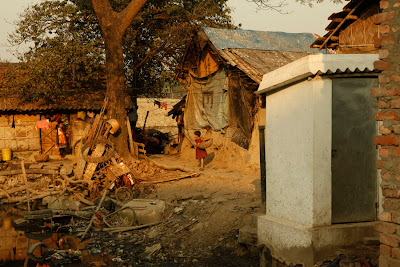The most amazing part of working with Indian children in the past 2 months was that regardless of how difficult their lives are, children everywhere love the same things. What all these children want at the end of the day is to enjoy their childhood and they should be able to freely to do so. Children like to dream, climb trees, pose in front of a car, dance, ride a bike, talk during class, listen to music, smile, be shy, and to run.




















































